Antiquities: A Brief History of MP3 Players
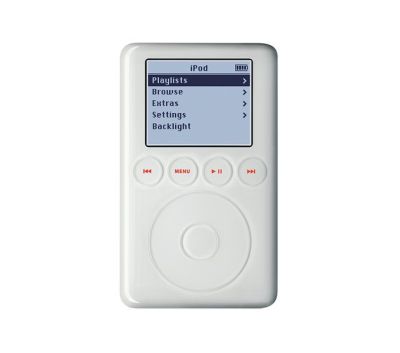 After I studied audio tapes and minidisks , it would be logical to continue the theme of the evolution of personal audio, exploring rare MP3 players. Music players are now available to everyone and everywhere, but their short golden age has ended. Playing music has become a standard feature of smartphones, and we only buy a separate device for sound if we really need it or really want it. From the point of view of the collector of rare technology, the players are in such an intermediate state, between the old rubbish and expensive museum specimens.
After I studied audio tapes and minidisks , it would be logical to continue the theme of the evolution of personal audio, exploring rare MP3 players. Music players are now available to everyone and everywhere, but their short golden age has ended. Playing music has become a standard feature of smartphones, and we only buy a separate device for sound if we really need it or really want it. From the point of view of the collector of rare technology, the players are in such an intermediate state, between the old rubbish and expensive museum specimens.And so I want to determine which models of music players of the digital era are of collection value, something that stands out among the thousands of devices released at the beginning of the twenty-first century. This choice is difficult to make, because there are too many applicants, and therefore today's post is rather subjective. It is even difficult to single out some distinct categories of MP3 players, since at the beginning of an era they were too different, at the end they were too similar. But I still tried, and that's what happened.
I keep the diary of the collector of old pieces of iron in the Telegram .
First
The first Sony Walkman cassette player recently turned 40 years old: in 1979, for the first time, it became possible to listen to music on the go, well, not counting radical solutions like a “portable” reel tape recorder weighing under 10 kilograms. The first MP3 players appeared in the late nineties, but the problems with the developers of such devices were the same as those of Sony in 1979. Or not, wait, everything was wrong! By 1998, the industry was so good that the first flash players, in general, immediately turned out to be compact and battery-powered for a long time. There was no stage of scary bricks weighing half a kilo ... Or were they? There were, and even ka!
')
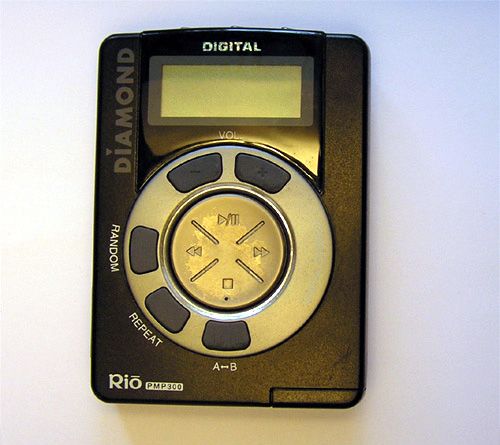
Perhaps this is not the very first player, but one of them: Rio PMP300. The size of a deck of cards, he worked on a single battery for 12 hours. But at the start of sales, this model was worth $ 200 (more than 300 modern, adjusted for inflation), and kept half an hour of music. Even the standard 45-minute album did not fit, except with the bitrate beyond the bounds of decency. Upgrading from standard 32 megabytes to 48 SmartMedia expansion cards cost another $ 50. The beginning of digital sound consists entirely of combating expensive memory. As a result, at least two compromise versions of devices are obtained.
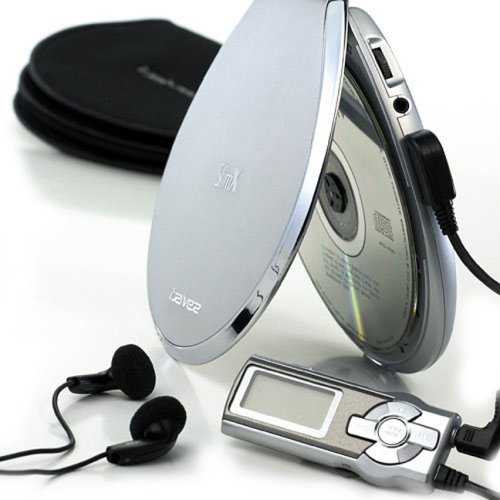
CD-MP3 player is the most reasonable choice of a budget-minded person. They appeared a little later players on flash memory - at the very beginning of the new millennium. One of the first was Lennox MP-786 (the link is a great site in the style of the nineties), but after a couple of years I bought the iRiver SlimX iMP-400 model (in the picture). It was already a rather thin specimen with additional amenities, such as a wired remote that allows you not to get the player from your pocket or backpack. By modern standards, this design was quite large, but at that time we were switching to a new technique from tape or conventional CD players, and it was not so noticeable. And the advantages were obvious: the players themselves are relatively inexpensive ($ 160 at the start of Lennox sales), and there are a lot of discs for them. Each place contains 8-12 hours of music (depending on the bitrate), so even in the stalls, collections like “all albums of group X in a new sound format ” immediately appeared.

The second compromise is a hard disk player. Even before the release of the iPod, several models were available, including this one - the Archos JukeBox 6000 with a 2.5-inch 6-gigabyte hard drive released in 2000. Already the photo shows that this is not a compact solution. These players were not cheap, but allowed to take with them a lot of music. How much will fit on the hard disk or how much will you have time to copy at a monstrously slow even for such a volume USB 1.1 interface. We will return to this French company.
Fashionable
Until 2001, any MP3 players were a lot of enthusiasts who were able to pay relatively a lot of money for new technology. The release of the first Apple iPod made MP3 players mainstream: a device with a decent design finally emerged, a relatively convenient computer application for organizing a digital music library on a computer. However, not without features in the style of Apple. The very first players (5 or 10 gigabytes, mechanical wheel) worked only with Mac OS-based computers. The second generation of devices (10 or 20 gigabytes, touch control) were connected to the computer via the FireWire interface - Apple didn’t recognize the USB standard for quite a while. The third generation (fully touch buttons, 15-40 gigabytes) has already used USB (but the player was not charging from the port). I successfully used this model for four years, until I changed it to the latest generation iPod.

We can assume that it was iPod players that gave Apple enough resources to develop and launch Apple iPhones on the market. In many ways, the classic iPod with a hard disk was the gold standard for a traveling music fan: compact enough, with a very thoughtful interface, with a ready-made solution for keeping a large music library in order. There were drawbacks: unlike all other players, it was impossible to simply transfer music to a portable device, like on a flash drive. It was necessary to use iTunes, and this program over the years becomes more functional and more complex. Well, along with the iPod came such a dubious innovation as disposable charging and sync cables that crumble over several months. iPod Classic was produced until the end of 2014, until it was finally replaced by the iPod Touch models, which are, in fact, smart phones without a cellular module.
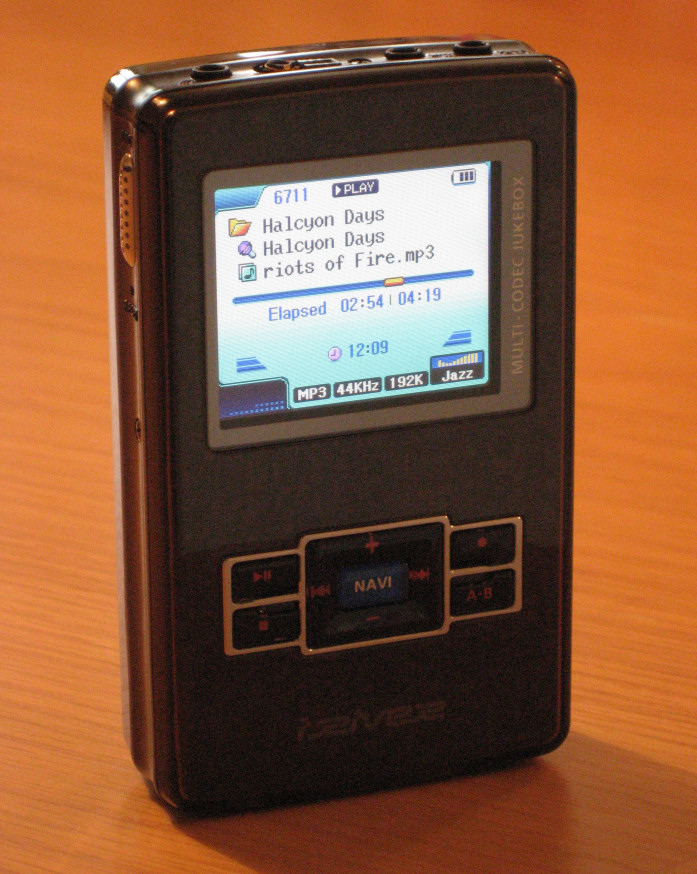
Good alternatives to the iPod existed, for example, this iRiver H320 / H340 model with a hard disk of 20 and 40 gigabytes. The design may not be so outstanding, but the music can be copied in the explorer without any additional software.
Small
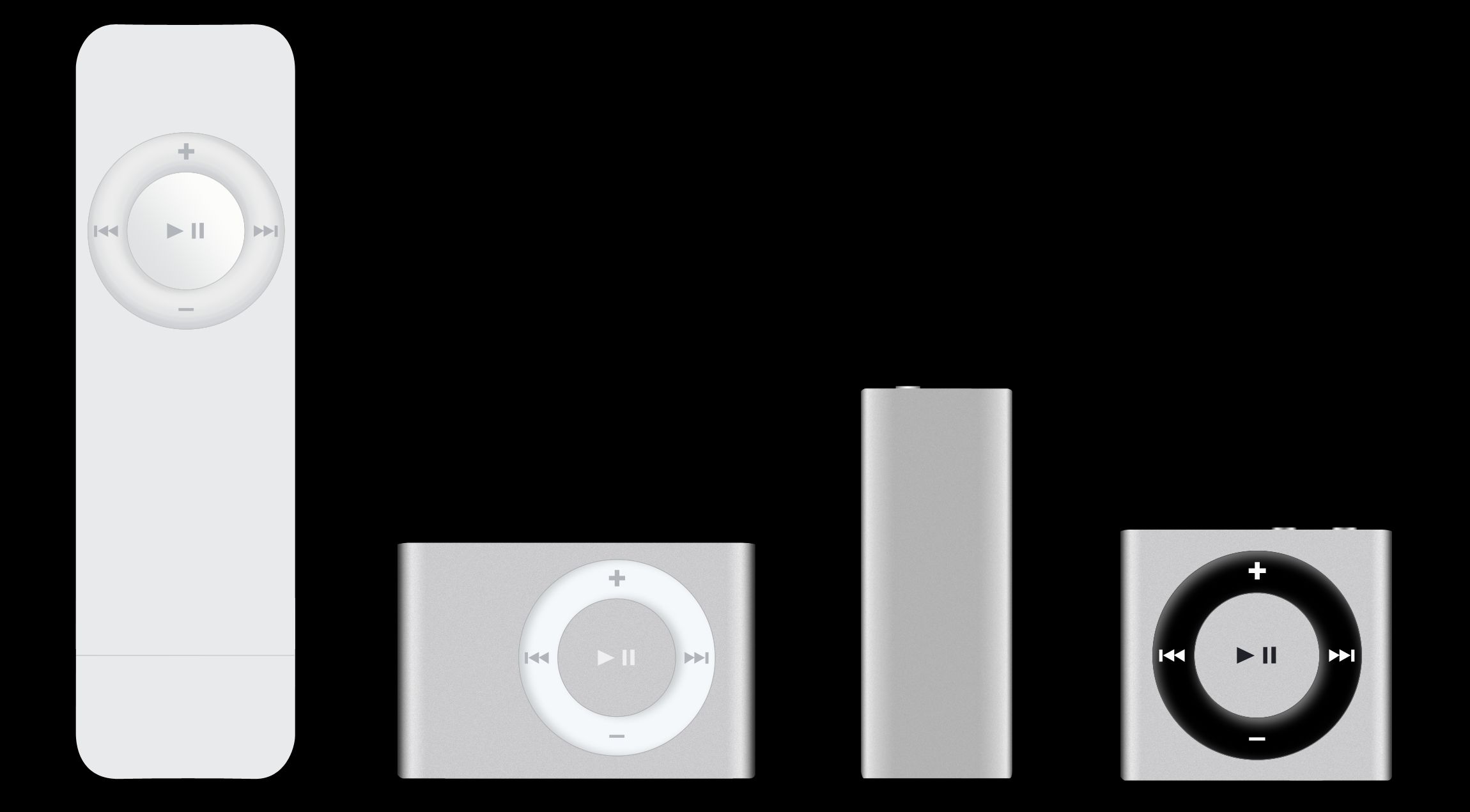
From 1998 to 2005, flash memory became quite cheap, and electronics became compact enough to keep the size of MP3 players to a minimum. In 2005, Apple released the iPod Shuffle: the device of the first generation (in the photo on the left) looks like a USB flash drive, weighs 22 grams and stores up to a gigabyte of music. For compactness, we had to abandon the screen, it is assumed that the owner will switch tracks and albums blindly, but in general it is recommended to listen to music in random order, hence the name of the model. The last, fourth generation of devices was withdrawn from sale in 2017.
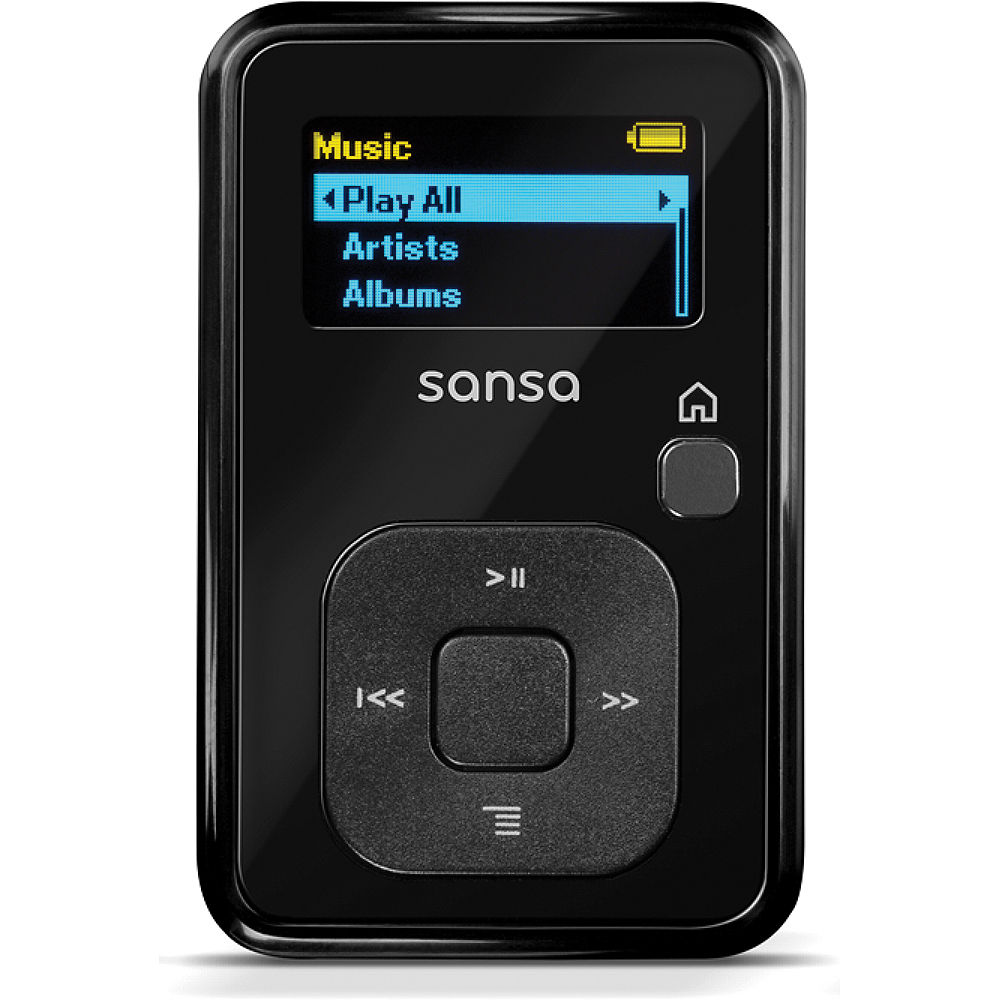
However, blindly controlling the music is not necessary. In 2007, SanDisk released the Sansa Clip player, which is almost the same as the Shuffle in size, but it has a screen, a radio, and can even work as a voice recorder. In the future, these players added support for the Flac lossless audio compression format, and already in the era of audiophile devices, it became such a cheap and well-sounding option for music lovers with a limited budget. I mean, you can buy a brick with Jimi Hendrix's teardrops capacitors, or this Sansa Clip will be fine.
Normal
The second half of the zero is the time when everything finally settled down in the portable digital audio industry. Flash memory players have become so cheap that hard-disk-based devices are bought only by people like me who want to carry as much music as possible with them. Multi-functional players are released, in which everything is fine: there is enough memory (4-8 gigabytes or more), and features (up to video playback and, for connoisseurs, text reading), and battery life. I will give a couple of examples.

Cowon D2 is a compact model with a touch screen, up to 16 gigabytes of memory, support for many digital audio formats and some video formats. FM-receiver with the ability to record and 50 hours of battery life in the music player mode.
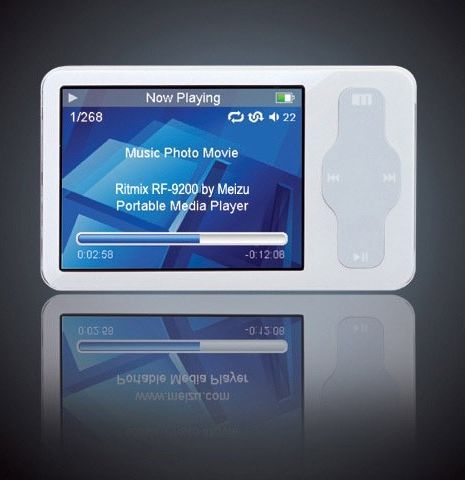
Meizu M6SL, aka Ritmix RF-9200. Up to eight gigabytes, weight 55 grams, 7 millimeters thick. I still have this player, over time, the fashionable touch strip on the right of the screen for adjusting the sound has started to fail, and everything works. I made measurements of sound quality in my channel and got quite good results.
Failures
The most well-known failure in the MP3 player market was the Microsoft Zune line of devices. The first model was released in 2006 and competed with the iPod, but it happened outright late - at that time, Apple released its players for five years, and only a year remained before the advent of modern smartphones.
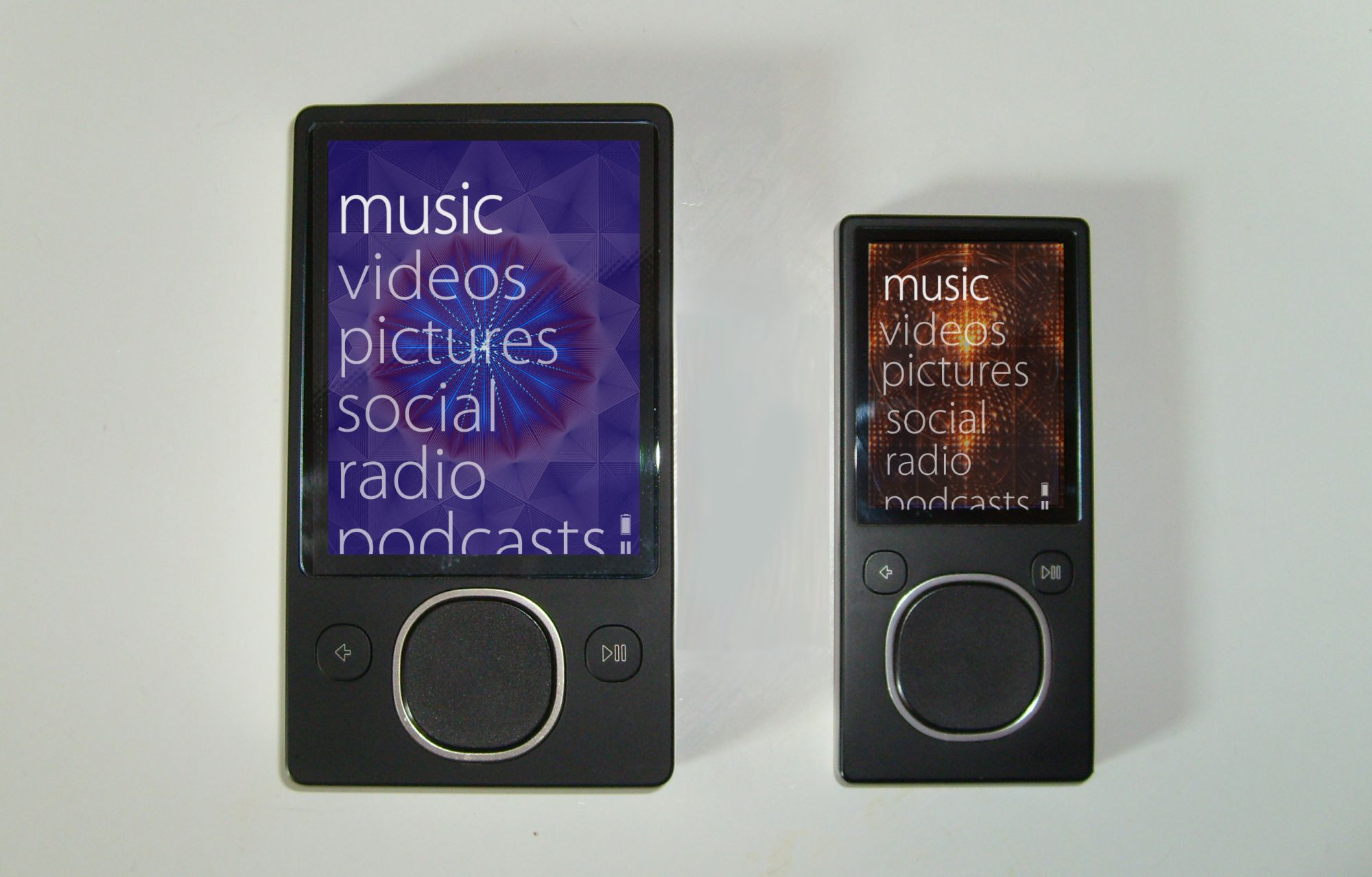
From a technical point of view, everything in these players was not bad, there was even an attempt to expand the capabilities of the player almost to the level of smartphones. The third generation Zune runs on Windows CE, but for the first time technologies and interface design were applied, which later migrated to Windows 8, a game console and Xbox online services. The history of Zune is similar to the history of the Windows Phone platform: it also appeared on the market too late, when in general everything was already shared by other companies.

As promised, I am returning to the French manufacturer of portable devices (nowadays inexpensive Android tablets and smartphones) Archos. In 2006, they released the fourth generation of players, and for some reason decided to use the maximum number of features in a portable player. It was a worthy attempt, and quite innovative: the device worked on the custom version of Linux, some models were equipped with WiFi and a built-in browser, accessories were offered, right up to the docking station with the ability to record TV air! It was an attempt of a relatively small vendor to build a whole infrastructure, but for some reason, the maximum enclosed copyright fence. Until the sale of additional video codecs for money and bind the player to the built-in hard disk with a specific serial number (which makes it impossible to repair it yourself if the drive fails). Fifteen years ago, Archos devices evoked interest, there were cool technologies, but it was all very expensive, and most importantly, it was unclear why it was needed.
Audiophile
In just 10 years, the MP3 player market has evolved from first prototypes with dubious advantages, to mass production of cheap devices. In the early 2010s (and even earlier), the players began to lose competition with smartphones. First, why buy a separate device if you can store music on your phone? Secondly, why is there anyway to store music? Services to purchase digital tracks existed almost since the release of the very first MP3 player, but the qualitative change was the phenomenon of musical streaming. In 2008, the Spotify service appeared, in 2011 - Google Play Music, in 2015, with a noticeable delay, the streaming service was launched by Apple. Fell cheaper and became available wireless Internet everywhere. It’s not necessary to mess with your own record library. In such a situation, the players were destined to the fate of radio receivers: they can still be bought in almost any electronics store, but these are uninteresting cheap devices, designed more for the older generation, with old habits. But no, the portable audio industry continues to evolve, with today's outstanding devices costing more than ever.

Easy dissatisfaction with the digital portable appeared in narrow circles of connoisseurs almost immediately. Someone didn’t like the very concept of compressed sound: until recently, such people listened to music on traditional CDs. Others made claims to the quality of the sound path of portable players. How well these claims are justified depends on your point of view. At the beginning of the two thousandth, high resolution sound carriers (generally fail) come out - better than a compact disc - Super Audio CD and DVD Audio. In portable technology, they were never used, but the discussion of the benefits (real and imaginary) of Hi-Res Audio began. The problem of compressed audio is also gone: if you consider it necessary, you can listen to music in true CD quality on portable devices from the middle of zero.
The question remains about the characteristics of portable players, and the solution was first proposed by little-known at that time Chinese manufacturers. They took and added to the portable device technologies previously used only in high-quality home appliances. Instead of devices with ultra-low consumption - top-end items, complete with heavy and complex electrical strapping. If you do not go into details, this new category of devices promised both the maximum accuracy of sound transmission and the high power of the headphone amplifier. One of the first devices of this category was the Hifiman HM801 player released in 2009, a monstrous brick-like device with minimal functionality of the player itself and a refreshing price of $ 750.
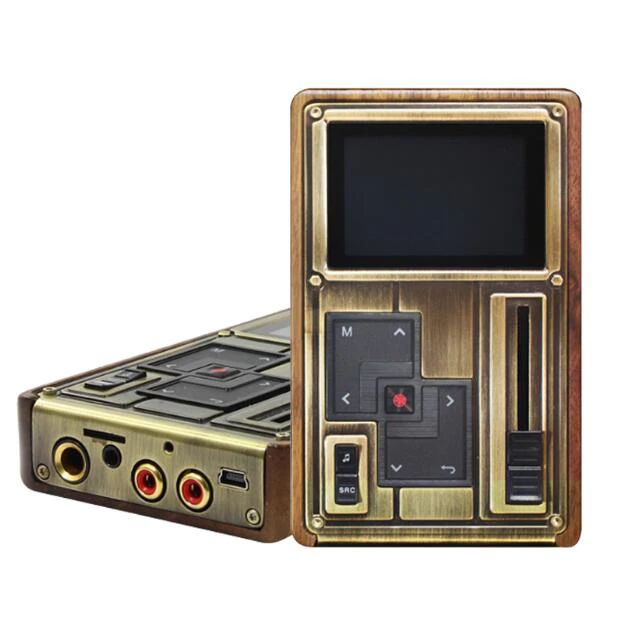
Here is another characteristic representative of the first generation audiophile players, Colorfly C4: big, heavy, with desktop connectors and a wooden case. Here, the historical part of the review of portable technology is probably worth finishing: modernity begins. Audiophile players had to go through all the same stages of evolution, from rather inconvenient devices to full-featured devices on Android, with support for large memory cards and streaming services. This is perhaps the most unexpected part of the history of digital audio: as if the best cassette players with gold-plated buttons were now produced for connoisseurs.
From the point of view of a collector of old and not very electronics, portable players are now available in stock and are fairly cheap. Alas, the reliability of many copies (especially those that use hard drives) leaves much to be desired. Both the players themselves and the industry accompanying them are interesting: a lot of accessories for the iPod, customization options for some players, both in software, for example with the help of the open Rockbox firmware, and for hardware (replacing the HDD with flash memory or even SSD, modifying the amplifier) ). Although right now you can go and buy a new portable player at a price ranging from 5 to 3,500 dollars, I am not sure that it will be like this forever. Many types of devices are gone, nothing lasts forever. Therefore, if MP3-players are of interest to you, it is worth starting to stock up with valuable (in the future) copies.
Source: https://habr.com/ru/post/459352/
All Articles